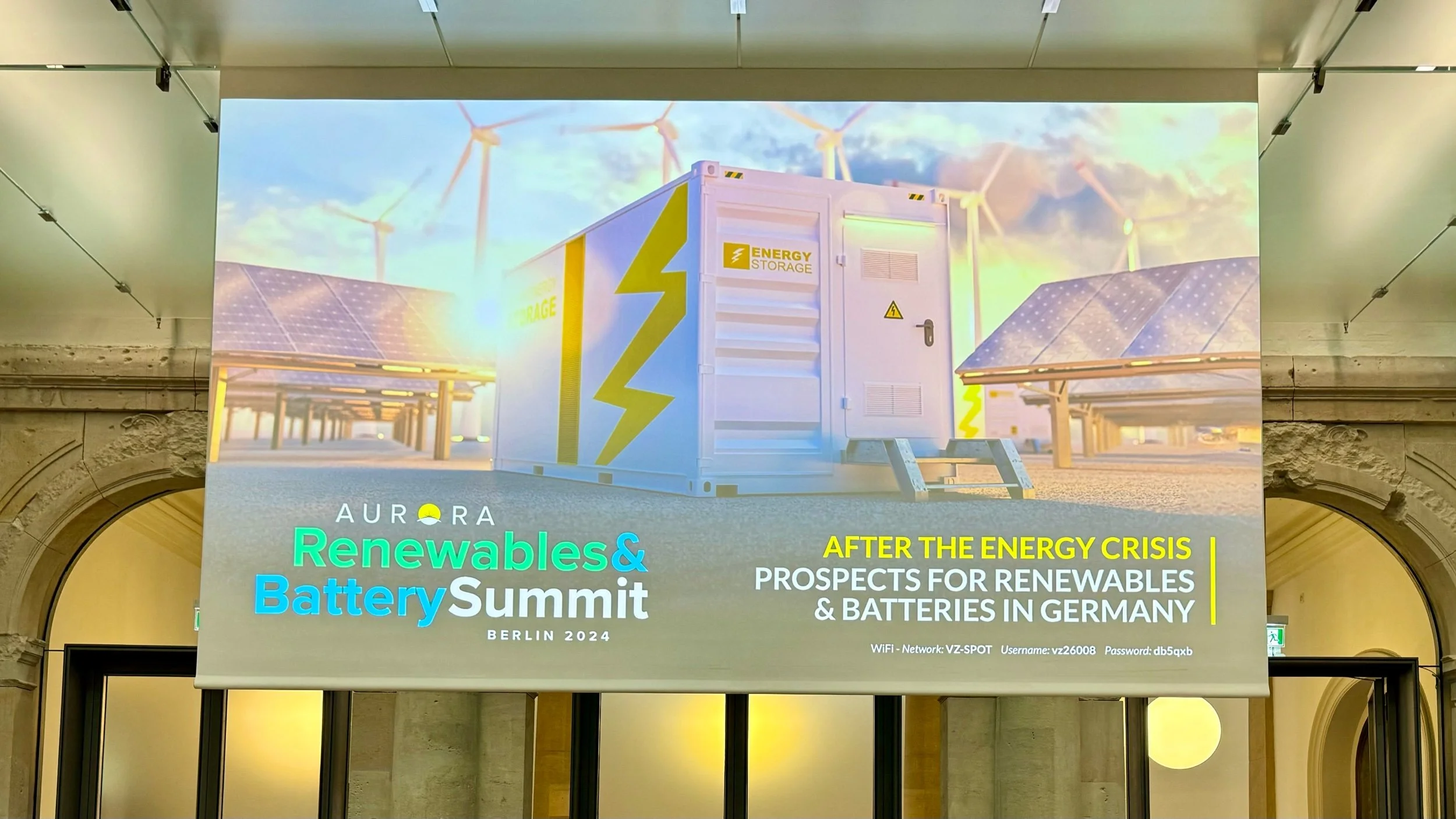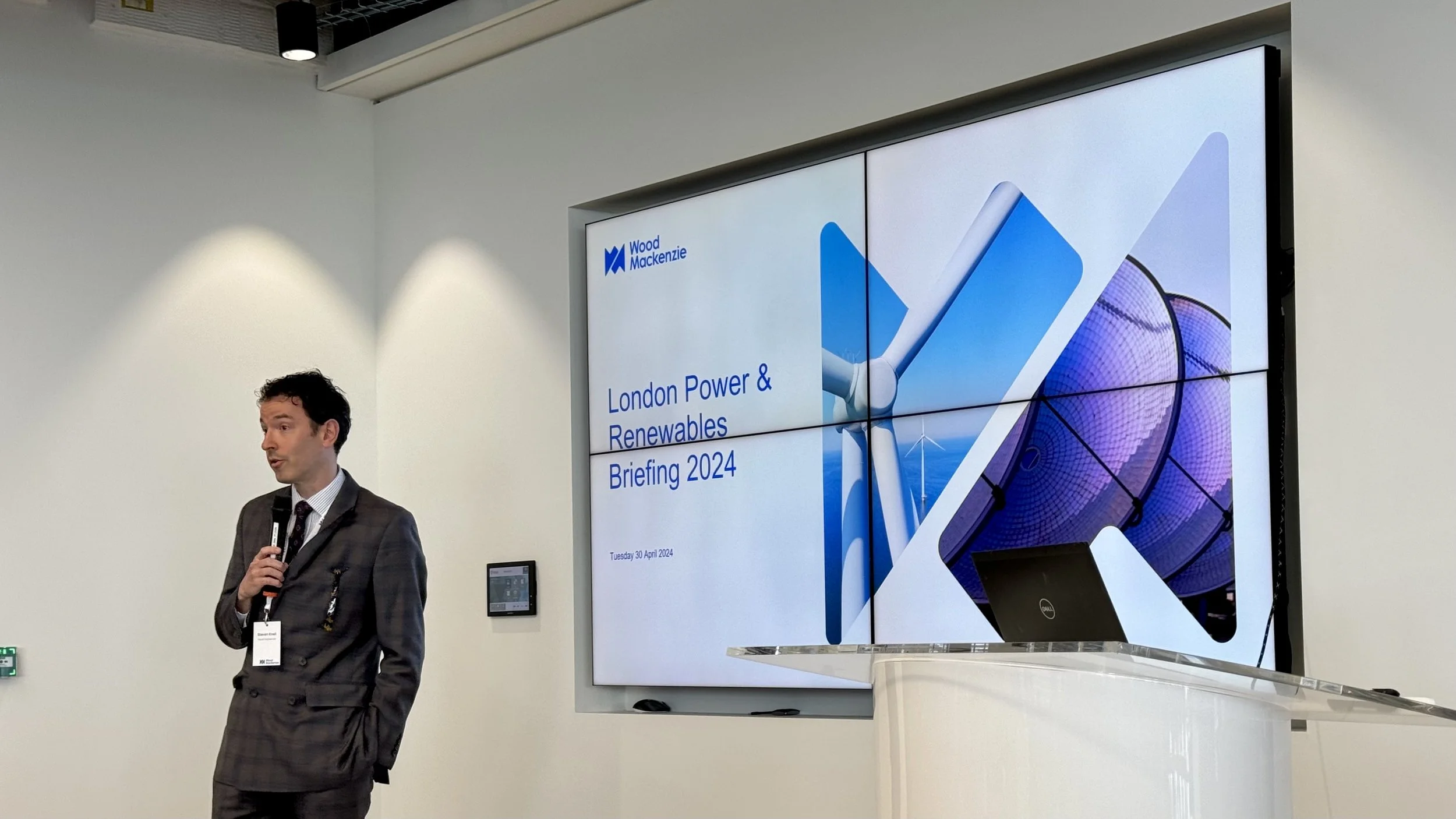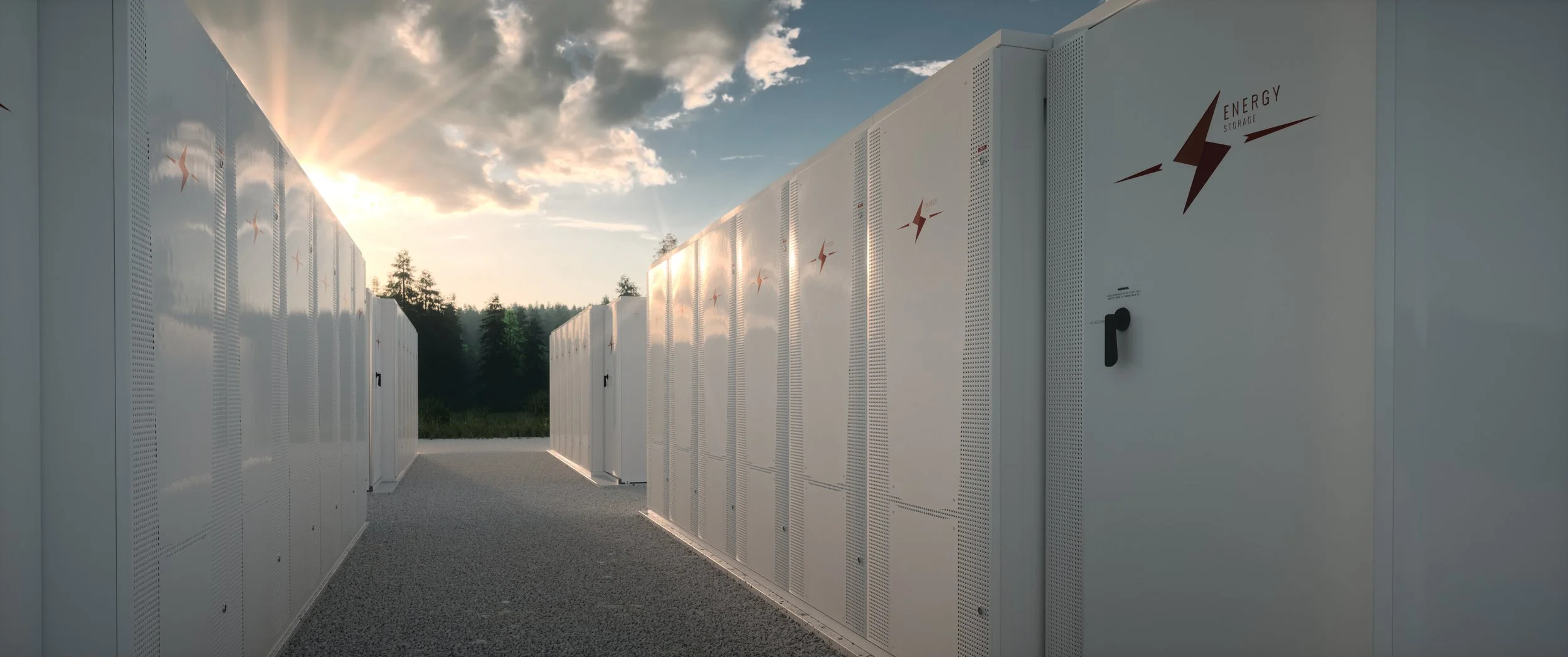Source: Bank of England (Retrieved 12 June 2019)
Who can create new money?
As mentioned above, only the Central Bank of a country has the right to create new banknotes and coins.
But the Central Bank also creates electronic money nowadays every time it makes a loan to a commercial bank. If Barclays wants to borrow money from the Bank of England, they receive the money via computer rather than in the form of bank notes.
But the vast majority of electronic money is created by commercial banks like Barclays, Citi Bank or Deutsche Bank. It works as follows:
You take out a loan of USD 100 from a bank
The bank then creates a record that you owe it USD 100
It then adds USD 100 electronically to your bank account
Et voila, USD 100 have been created in the form of the record that you owe money to the bank.
But this also means that every time you repay a loan, money gets deleted:
You have USD 100 in your bank account
You use this money to repay a loan of USD 100
The bank deletes its record that you owe them USD 100
Of course, banks can’t create as much new money as they want to. The Central Bank and various international bodies regulate that the maximum of money a bank can lend to others. It cannot exceed a fixed multiple of the money they hold in deposits and government bonds.
This system might sound strange to you and my wife thought I was joking. If you want to check yourself, just take a look at the website of the Bank of England, for example:
https://www.bankofengland.co.uk/knowledgebank/how-is-money-created
What are the problems with this system?
Our current system, like the previous ones, has some inherent flaws that you need to be aware of:
It creates instability
It promotes inequality
It gives commercial banks a lot of power
INSTABILITY
Banks are neither evil nor good. They are companies that want to make a profit. So, they tend to give out more loans when times are good (economic boom) and fewer loans when times are bad (recession).
So, when prices (e.g. for houses) and the stock market go up, banks give people more loans to buy homes, stocks etc. This drives prices up even further, eventually creating a so-called “bubble”.
But there comes the point when people realise that things are too expensive and prices begin to fall again (i.e. the bubble bursts). Banks then lend less. Therefore less money is available, and prices will fall even further.
INEQUALITY
The business model of banks is to lend money to other people against fees and interest. They want to make sure that they get all their money back.
Banks are doing this by assessing how likely it is that a person or company will repay the loan in full. This is called a credit risk assessment. Your credit score is such an assessment, for example. And the interest rate is the price you pay for being a riskier client.
If a person poses a low risk of defaulting on their loan and have lots of assets (savings accounts, houses, stocks), the bank will charge them a lower interest rate.
But if it is more likely that a person or company will not repay the loan in full, the bank with charge them a higher interest rate. You can think about it this way:
the bank lends USD 100 each for one year to five people with a high credit risk
each of these people has to pay USD 25 in interest at the end of the year
So, if one of the five people can’t repay its USD 100 and the interest at the end of the year, the bank still got all its money back as the other four people paid USD 100 (4x USD 25) in interest
This system is not inherently evil and makes sense from an economic point of view.
The problem is that this means that rich people can borrow money for low-interest costs and poor people have to pay higher prices to borrow money. So, it is more expensive for poor people and creates more wealth inequality.
POWER
The ability to decide who gets loans, how much it costs to borrow money, and for which purposes money can be borrowed gives commercial banks a lot of power over the economy and society.
If, for example, lenders decided to provide new car loans only for electric vehicles, most people would have no choice but to buy an electric car.
How does this article help me?
To quote the International Monetary Fund (IMF):
most people in the world probably have handled money, many of them on a daily basis. But despite its familiarity, probably few people could tell you exactly what money is, or how it works.
Source: International Monetary Fund (Retrieved 12 June 2019)
Money makes the world go round, as the saying goes. It is therefore critical to understand what it is, who can create it, and why it can literally save you money to have a good credit score.
What will be the next article in the series?
The next article in the series will be called “Interest and the Time Value of Money”. I will explain to you:









